I live in Meti country.

This area was first opened up by French traders. Many of them took Native wives, who held the knowledge of the land. The First Nations People had been surviving in this harsh land for thousands of years. Without these First Nations women, who held the traditional knowledge, transmitted orally from generation to generation, many of those traders would not have survived.
Plants were an important component of indigenous medicine. They would gather the wild plants and make pastes, poultices, juices, powders, infusions and decoctions.
Medicinal Plants of the Boreal Forest
Acorus Americanus - Rat Root
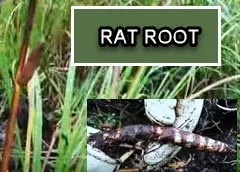
The "Ratroot" was considered an all-round panacea for many complaints. Most commonly it was drunk as tea to treat sore throat, cough and cold.
Making a Cold Infusion
***This is necessary for heat and boiling will destroy some of the vital properties.
Simply soak one ounce of chopped fresh or dry roots in a pint of water overnight. Gently warm it in the morning and use 1/2 cup before meals.
The root can also be chewed slowly to overcome fatigue on long journeys.
Note: These roots can be mildly hallucinogenic if taken in excess. Two inches of root is medicinal but eight inches would be consider an excess.
Bearded Lichen - Usnea
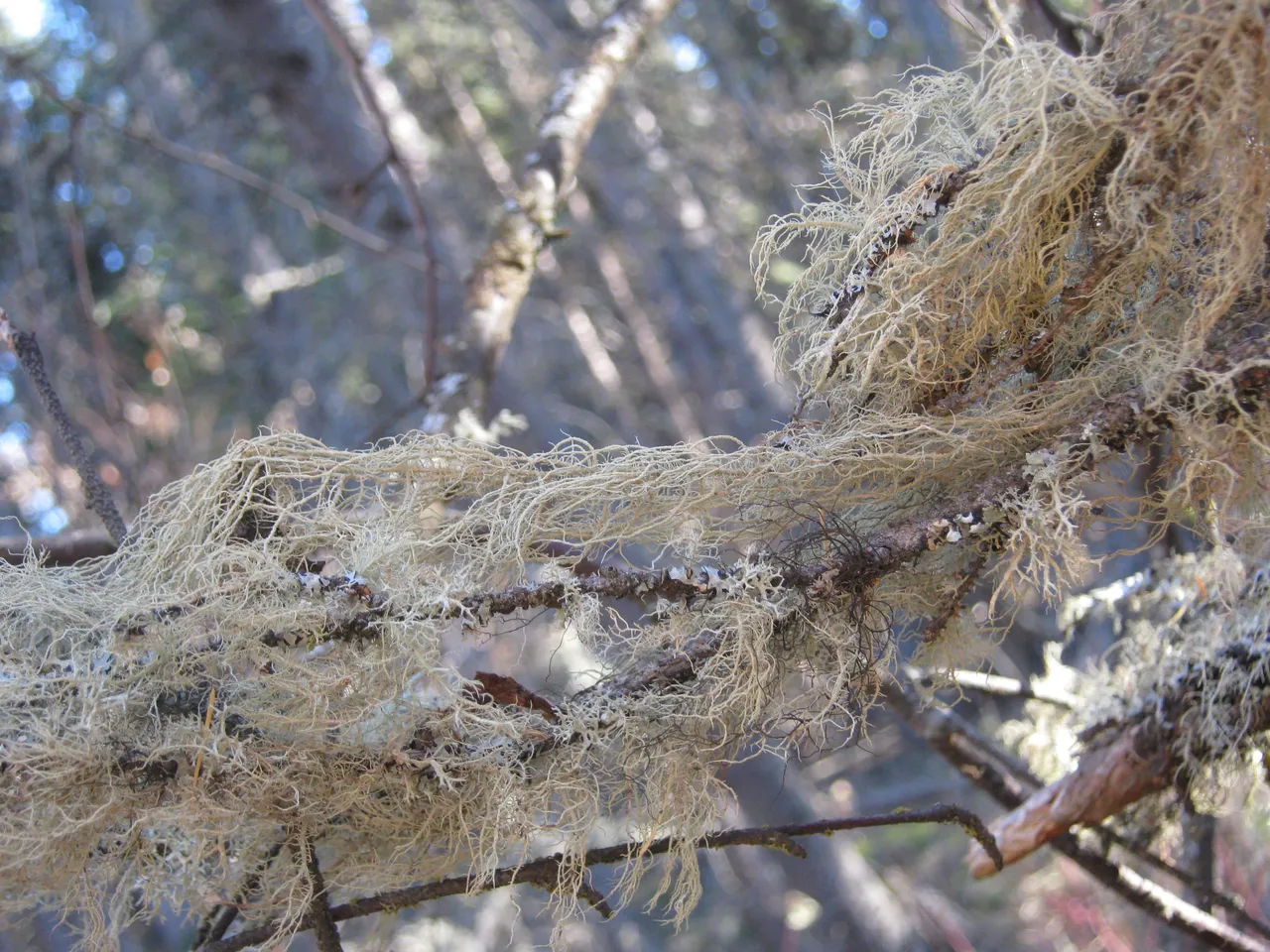
Usnea is a potent antibiotic, even cited to be more effective then penicillin. It's antiviral, antifungal, antimicrobial, anti-inflammatory and is an analgesic. With these wonderful qualities it is often used as a wound dressing and can be directly applied to an open wound. It can also be made into a tincture and used for lung and upper respiratory tract infections plus urinary tract, kidney, and bladder infections.
Sarsaparilla (Aralia nudicaulis L.)
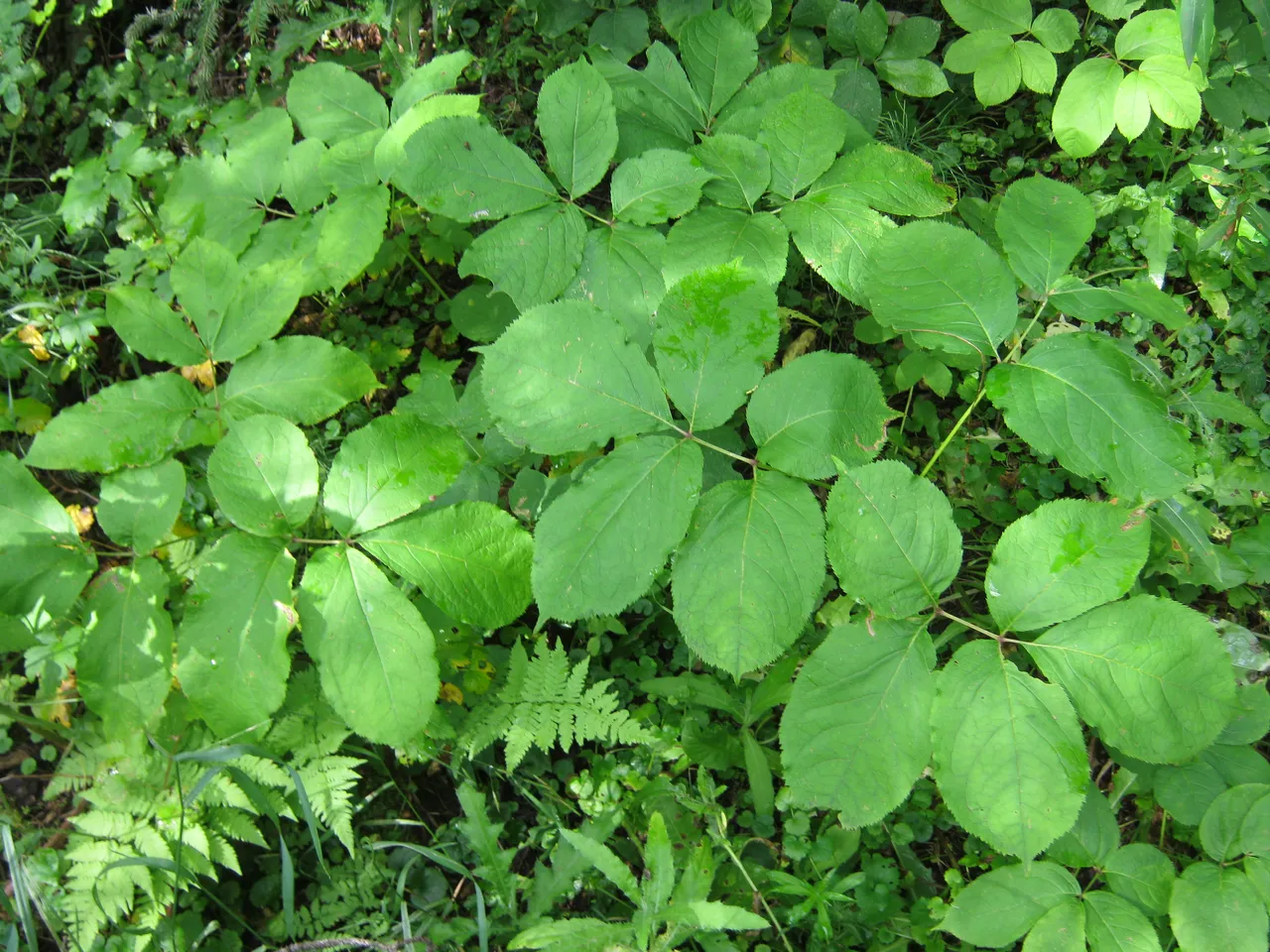
Most commonly the roots of the sarsaparilla were used as a food source but medicinally it was made into a tea and used as a blood medicine, for fainting and fits, or as a tonic. Also it was powdered and used in many-herb remedy to treat various ailments.
Bearberry (Arctostaphylos uva-ursi )

The leaves of the common bearberry or Kinnikinnick which means "that which is mixed" was used in a smoking mix which also contained tobacco and the red osier dogwood. This was used to remedy headaches. The herb was used in ceremonial pipes in spiritual rituals.
The stem, leaves and fruits were made into a decoction and drunk for pain in the back and sprained back. The leaves and fruits were used as a tonic. Just the leaves were made into a decoction and drunk to treat bladder and kidney problems.
Fruits were mixed with grease and taken for diarrhea.
Roots were made into tea and drunk to treat a persistent cough.
Alumroot (Heuchera richardsonii)
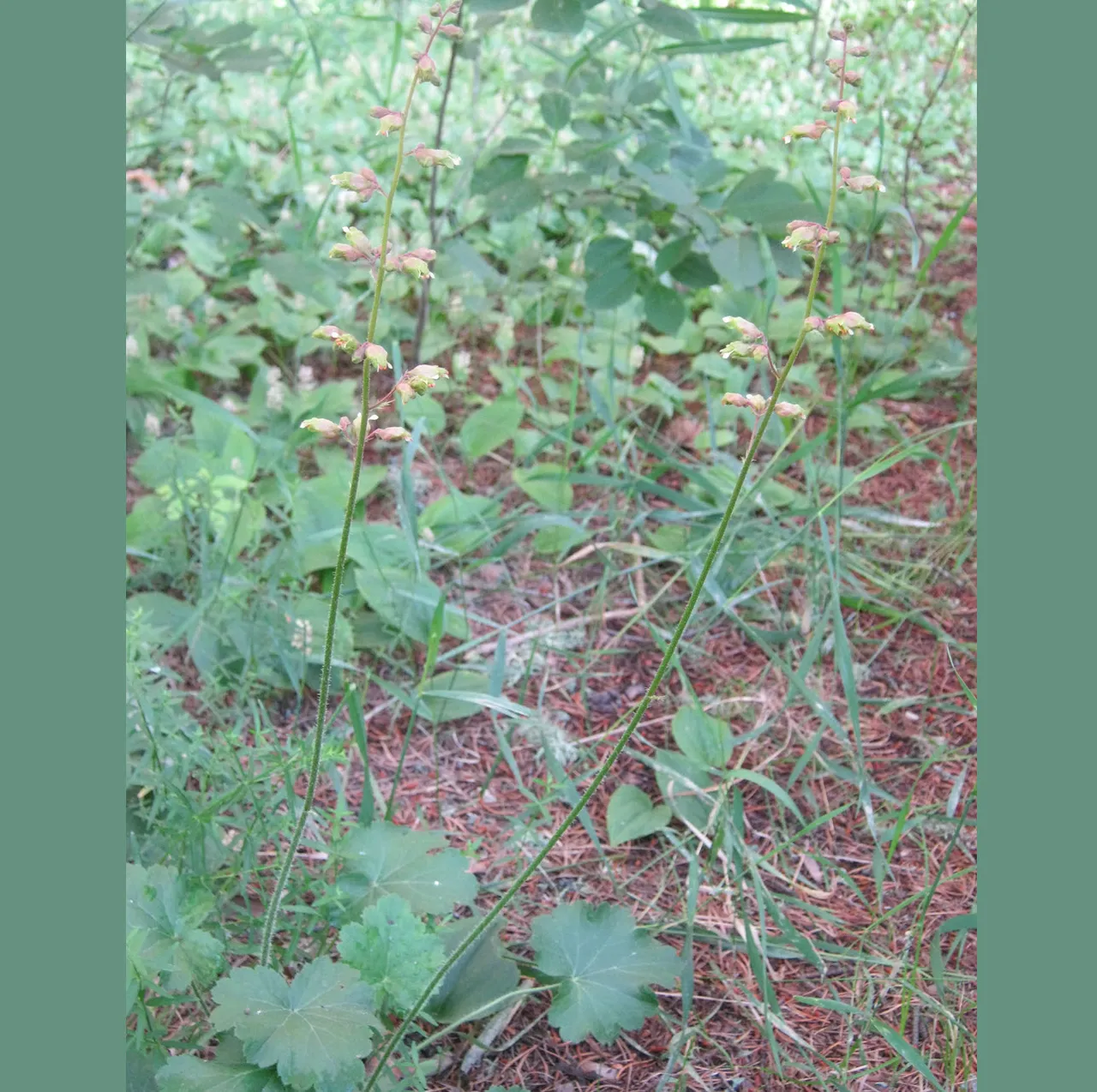
The alum root has astringent properties. The roots can be chewed for a sore mouth and will have a numbing effect that can be used for toothaches. They can be made into a decoction and taken for diarrhea. An infusion was used to wash sore eyes . Also they were dried, chewed and the juice swallowed for stomach pain.
Labrador Tea (Ledum groenlandicum)
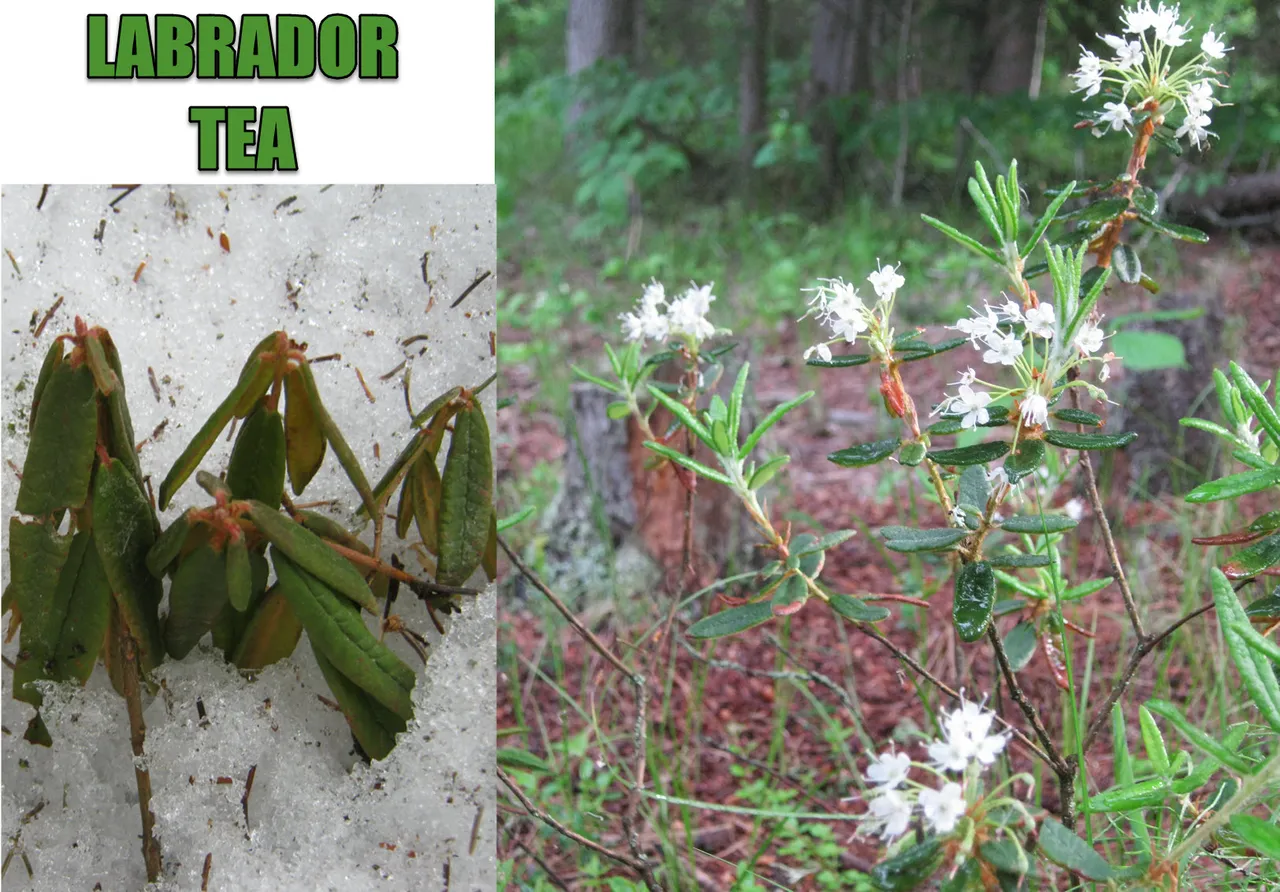
Labrador tea or muskeg tea leaves are evergreen and can even be gathered from under the snow. It is used to make a tea rich in Vitamin C and is used to treat stomach and kidney complaints.
The flowering tops were used for fevers, chest colds, insect stings and rheumatism. It is also said to quiet the nerves.
Yarrow (Achillea millefolium)
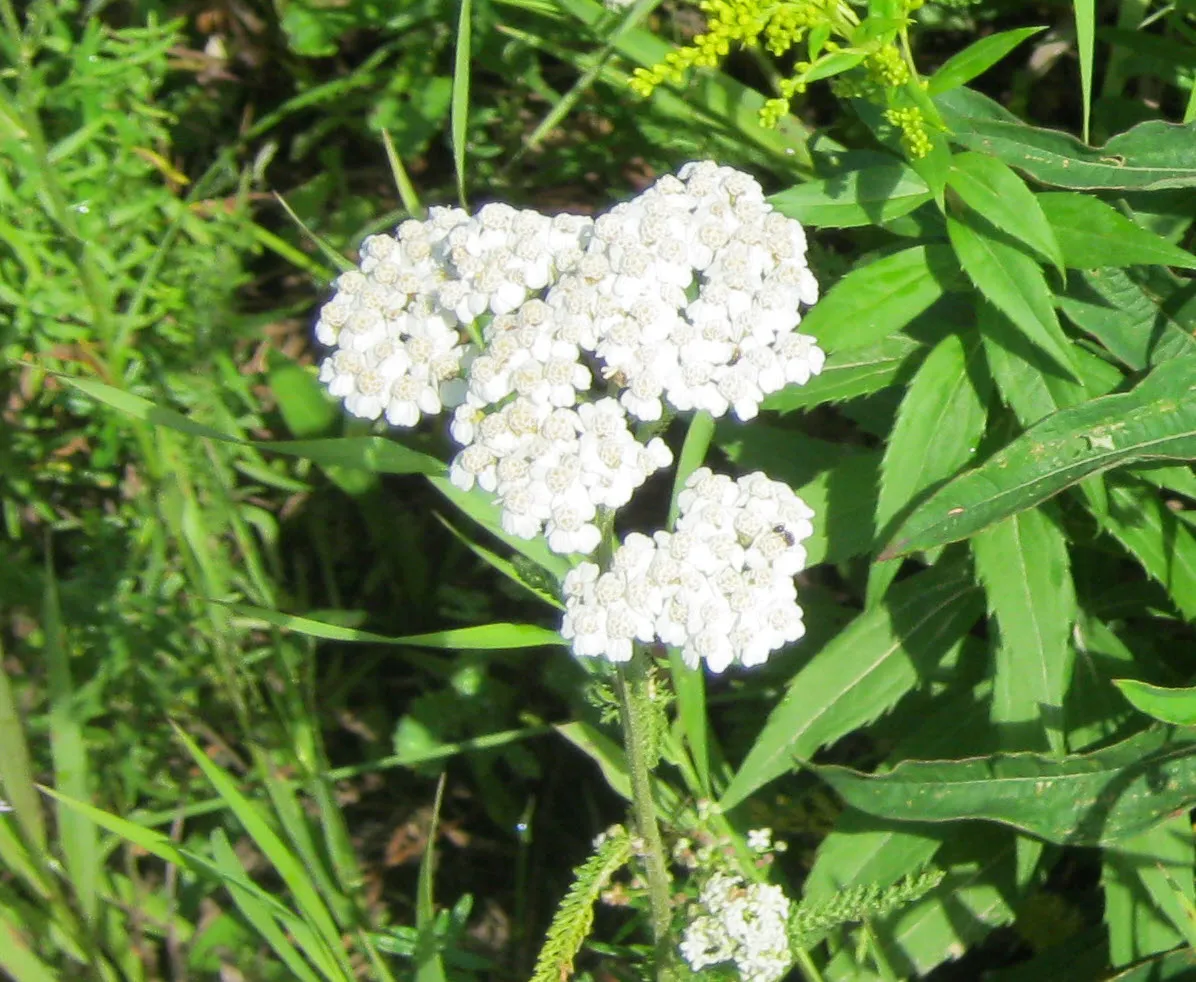
The yarrow is one of the most widely used medicinal plant species in this boreal region of Canada.
Hot yarrow tea is known for inducing sweating and combines well with elder flower and mint for breaking fevers. It was used to help resolve childhood diseases like mumps, measles and chickenpox.
Chewed root was applied to sores on the gums.
It's strong aroma makes it good to use as a misquito repellent - simply pick some leaves and macerate them. Rub the juice on the skin, repeat as necessary.
This is only a small selection of some of the medicinal plants used by the First Nations.
Keep in mind that The Aboriginal healing systems took a holistic approach, which involved spirituality and a strong connection with the natural environment.
There was also strong community networks of people, involved in these healing process. They worked together to make sure folks from the community were directed to people who had the knowledge and could heal.
In some Aboriginal medicinal cultures they had ceremonies and rites connected with the healing process and somewhat secret cures. Those that held the secret cures were often reluctant to share them too freely, for they felt the herbs would lose some of their potency.
They knew the importance of showing respect to the plants by leaving a small offering (tobacco, tea, gun shells, money, sugar or a prayer) when something was taken. This ritual would increases the healing power of the medicine.
Another thing that was important was, which season the plants were collected and also whether they were stored properly. This is something else which influenced the effectiveness of the remedies.
The interaction between traditional practices and local ecosystems could be a good thing if it is used for personal use but if used for commercial uses, which tends to exploit, it was not so good. Ethical harvesting, keeping in mind that only plants would be collected if it could be ensured that there would be a continued presence of those plants, both in the specific area they were collected and across the landscape.
The Aboriginal people of this area had a concern that their knowledge could be stolen by profit-seeking pharmaceutical companies without any acknowledgement or with out involving their communities and that they would not be given proper compensation. These concerns about the respect of intellectual property rights tends to make Aboriginal people reluctant to disclose their knowledge to outsiders.
To save guard the traditional peoples intellectual property rights, a trustful environment can be created by using these ethical principles:
- respect Aboriginal culture and protect sensitive and confidential information;
- ensure that knowledge ownership and project leadership resides with Aboriginal people;
- share benefits with communities;
- contribute to capacity building in Aboriginal communities;
- take into account and protect the interrelationship between environment, health and culture;
- obtain clear and informed consent from research participants, pay careful attention to ethical and legal issues, and obtain ethical approval of research protocols;
- respect Aboriginal and treaty rights.
Taken from "Traditional use of medicinal plants in the boreal forest of Canada: review and perspectives"
The adoption of the United Nations Convention on Biological Diversity, in their Article 8:
Traditional Knowledge, Innovations and Practices, signatories agree to
respect, preserve and maintain knowledge, innovations and practices of indigenous and local communities embodying traditional lifestyles relevant for the conservation and sustainable use of biological diversity and promote their wider application with the approval and involvement of the holders of such knowledge, innovations and practices and encourage the equitable sharing of the benefits arising from the utilization of such knowledge innovations and practices.
A wonderful practice that has come about on a reserve near by our home is the opening of a center with has stocks of locally gathered and cultivated medicinal plants for the local people to use for their medicines.
I have learned much from the First Nations people and I'm grateful for any knowledge of the land they pass on. This makes for better lives all around.
May we all have healthy, happy lives!
This is my contribution to the Natural Medicine Collective Wisdom Challenge #4 - Local Medicine
Photos of plants were taken with my Canon PowerShot A495
I love engaging with folks here so please feel free to leave any comments or questions,
if you found this post beneficial an Upvote is appreciated.
Please don’t hesitate to follow me here on steemit at @porters


